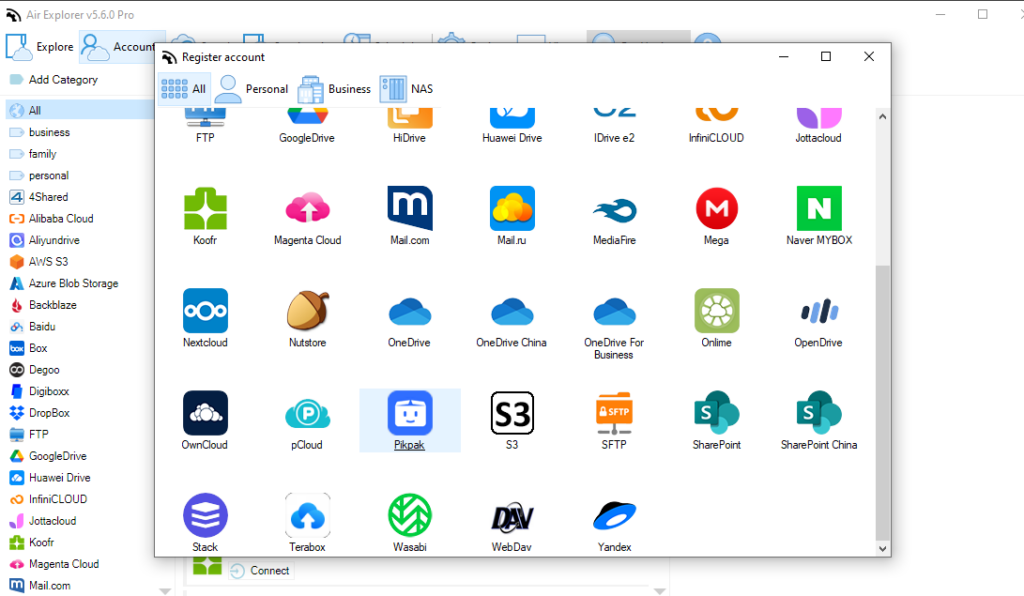In today’s digital world, cloud storage has become a cornerstone of how we manage, share, and protect our data. Whether you’re a student, freelancer, business owner, or just someone with a growing photo library, saving files on the cloud offers unmatched convenience.
From accessing documents across devices to collaborating in real time and safeguarding your files from hardware failures, cloud storage is no longer a luxury, it’s a necessity. This guide will walk you through everything you need to know: how cloud storage works, which providers to consider, and how to organize and manage your files like a pro.

What is cloud storage?
Cloud storage refers to the practice of storing digital data on remote servers accessed via the internet. Instead of keeping files on your local hard drive, you upload them to a secure server maintained by a cloud provider.
How it works:
- Your files are stored on physical servers located in data centers around the world.
- You access these files through apps or web interfaces.
- Changes made on one device can sync across all your devices in real time.
Common misconceptions:
- My files are public: False. Cloud providers use encryption and access controls to keep your data private.
- Cloud storage is expensive: Many providers offer generous free plans.
- It’s only for tech-savvy users: Most platforms are designed to be user-friendly and intuitive.
Top cloud storage providers compared
Here’s a quick look at some of the most popular cloud storage services:
| Provider | Free Storage | Key Features |
|---|---|---|
| Google Drive | 15 GB | Real-time collaboration, Docs/Sheets |
| Dropbox | 2 GB | File sharing, version history |
| OneDrive | 5 GB | Office 365 integration, auto-sync |
| TeraBox | 1 TB | Massive free storage, auto backup |
| MEGA | 20 GB | End-to-end encryption, secure sharing |
How to save files to the cloud
From Desktop:
- Open your cloud provider’s app or website.
- Drag and drop files into the interface.
- Organize them into folders as needed.
From Mobile:
- Install the cloud app (e.g., Google Drive).
- Tap the “+” or “Upload” button.
- Select files from your gallery or file manager.
Third-party programs:
- Air Explorer: Manage files across Google Drive, Dropbox, OneDrive, and more from a single interface.
- Air Cluster: Combine multiple cloud accounts into one large virtual drive.
- Air Live Drive: Mount cloud storage as local drives on your computer for direct access.
- Air Explorer for Android: Manage files across Google Drive, Dropbox, OneDrive, and more from a single interface in your device.

These tools are especially useful for power users, remote workers, and anyone who needs to move large volumes of data efficiently.
Organizing and managing your cloud files
Folder structure tips:
- Use broad categories (e.g., Work, Personal, Photos) and nest subfolders.
- Avoid clutter by archiving old files periodically.
Naming conventions:
- Use dates and keywords (e.g., “Invoice_2025_Sept”).
- Avoid vague names like “Document1” or “New Folder.”
Using search:
- Use filters like file type, date modified, or keywords.
Conclusion
Cloud storage isn’t just about convenience, it’s about control, security, and freedom. Whether you’re backing up family photos or collaborating on business documents, the cloud empowers you to access your files anytime, anywhere.
Start small, explore the tools, and build a system that works for you. The sky’s the limit, literally.
